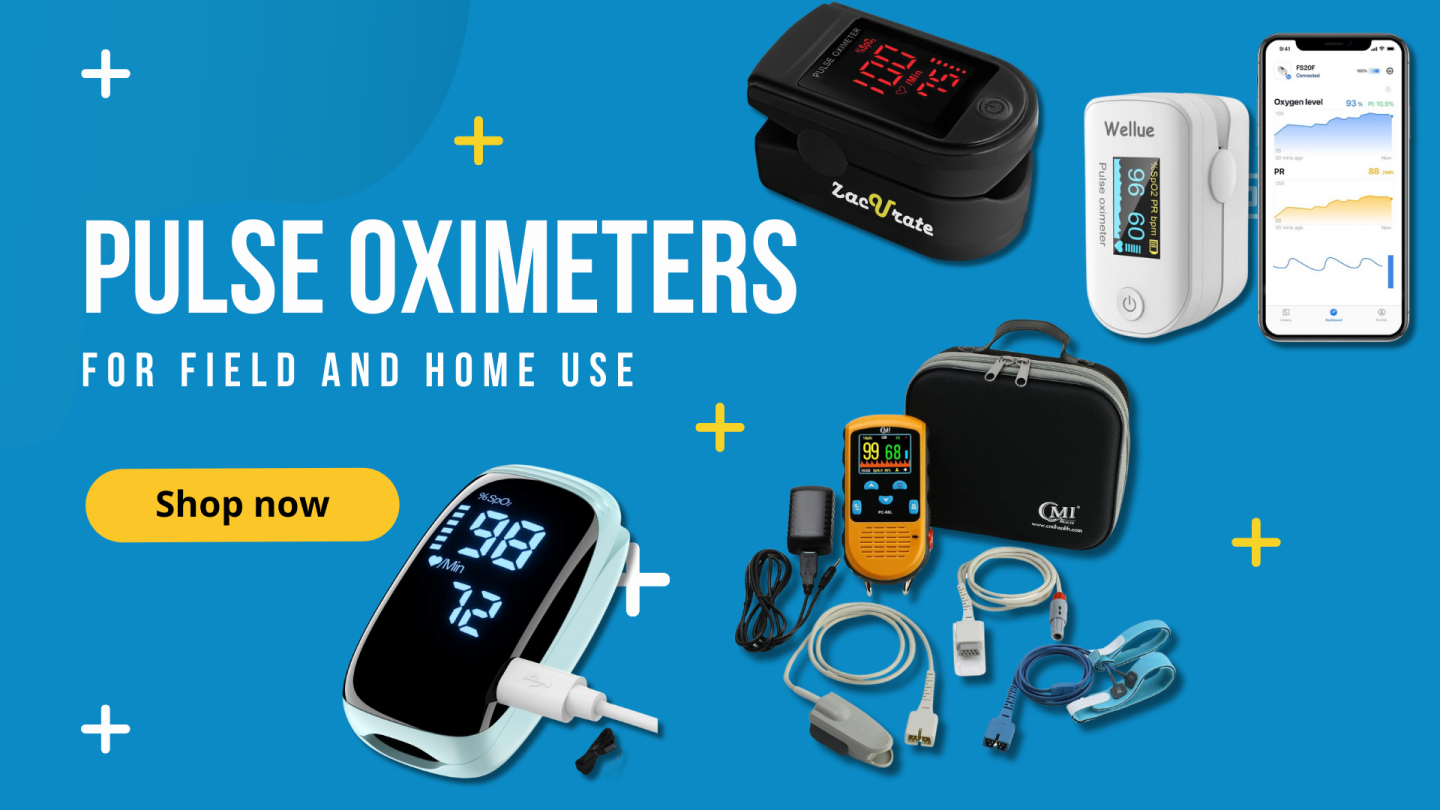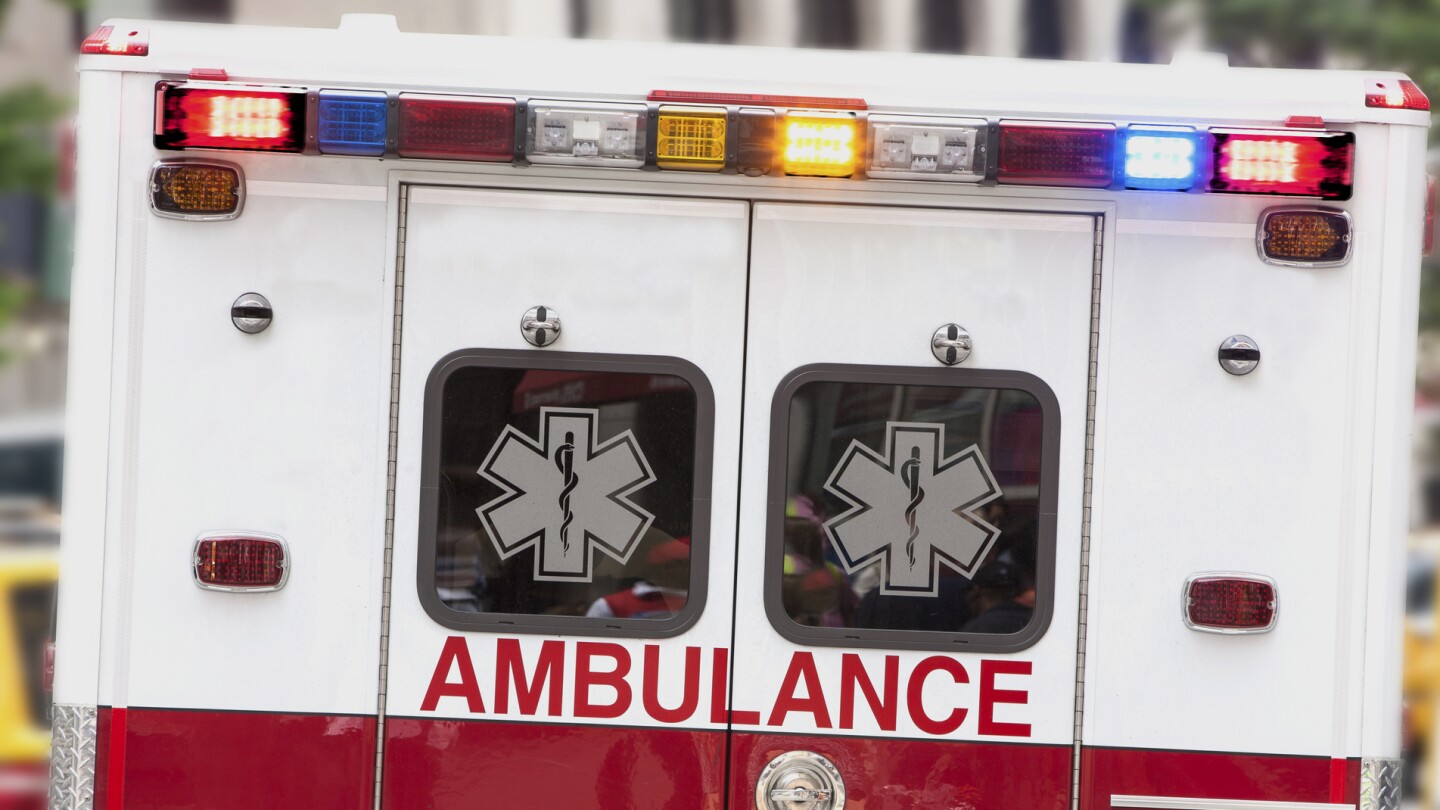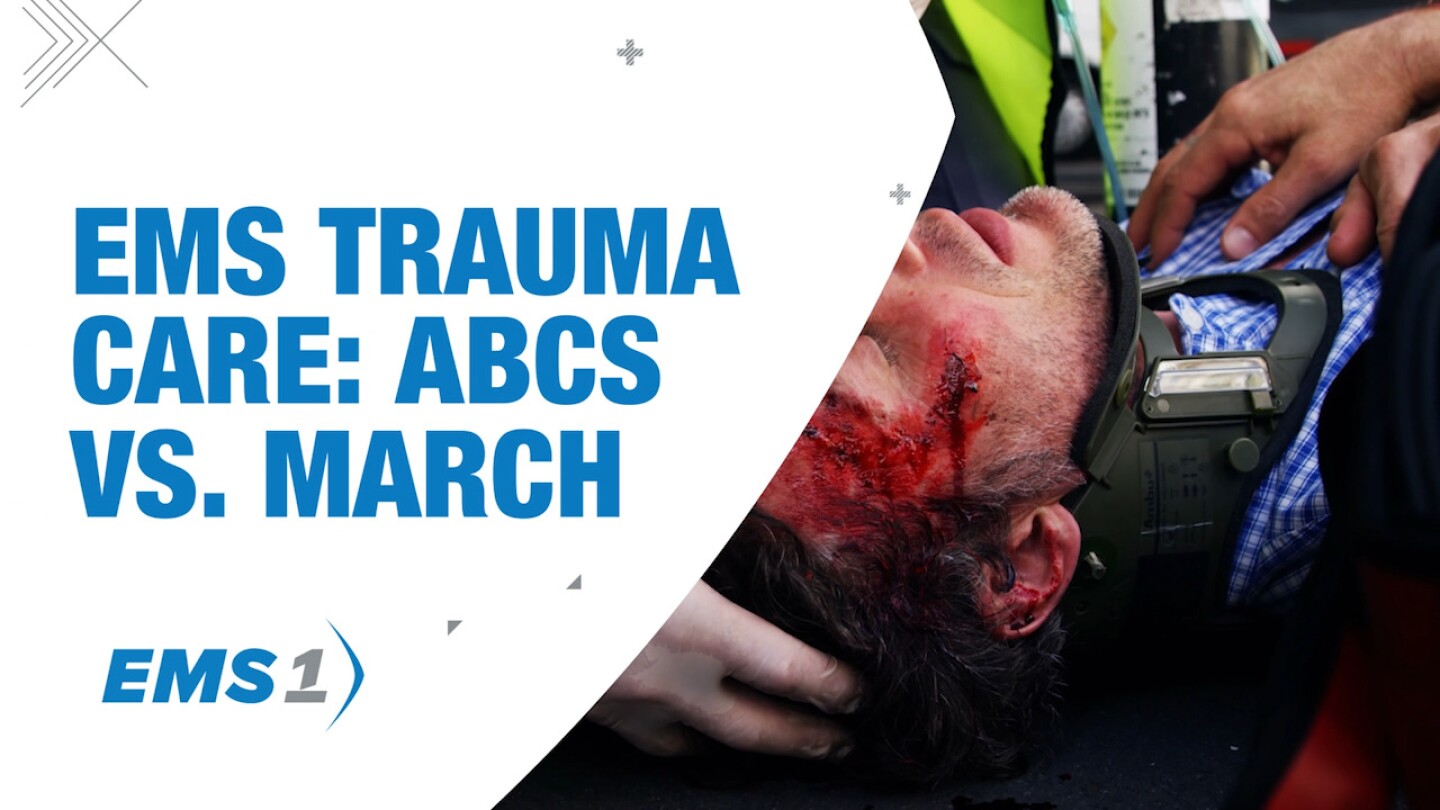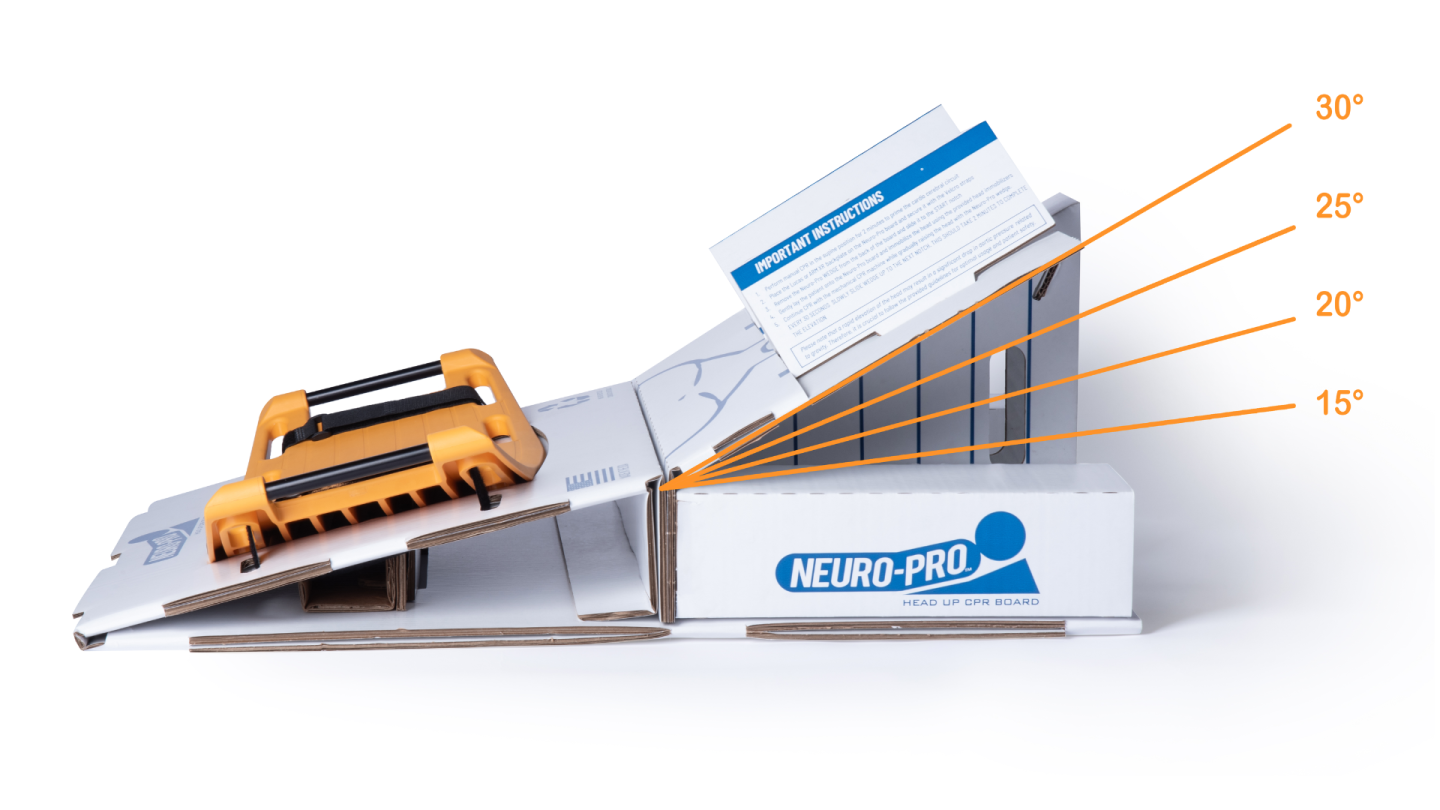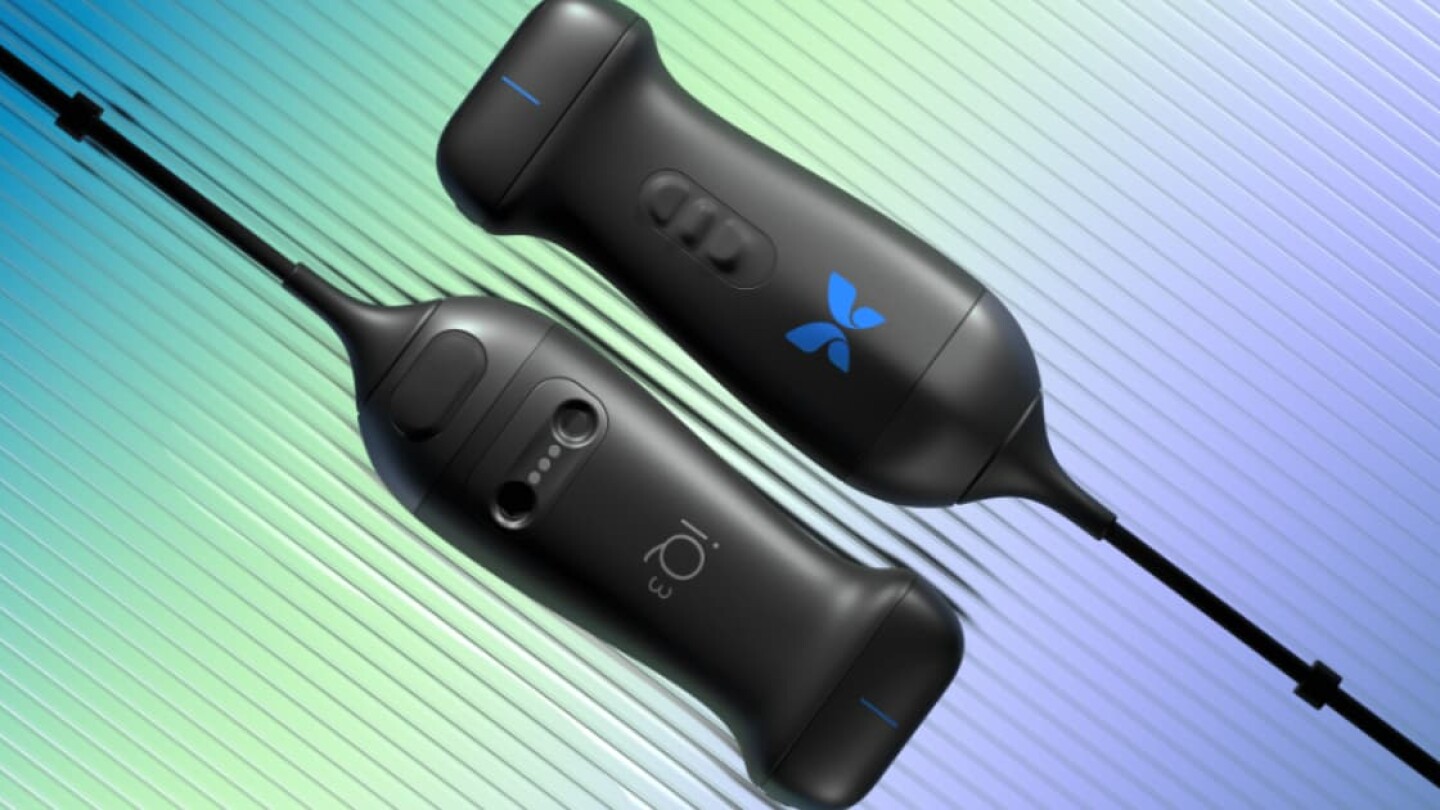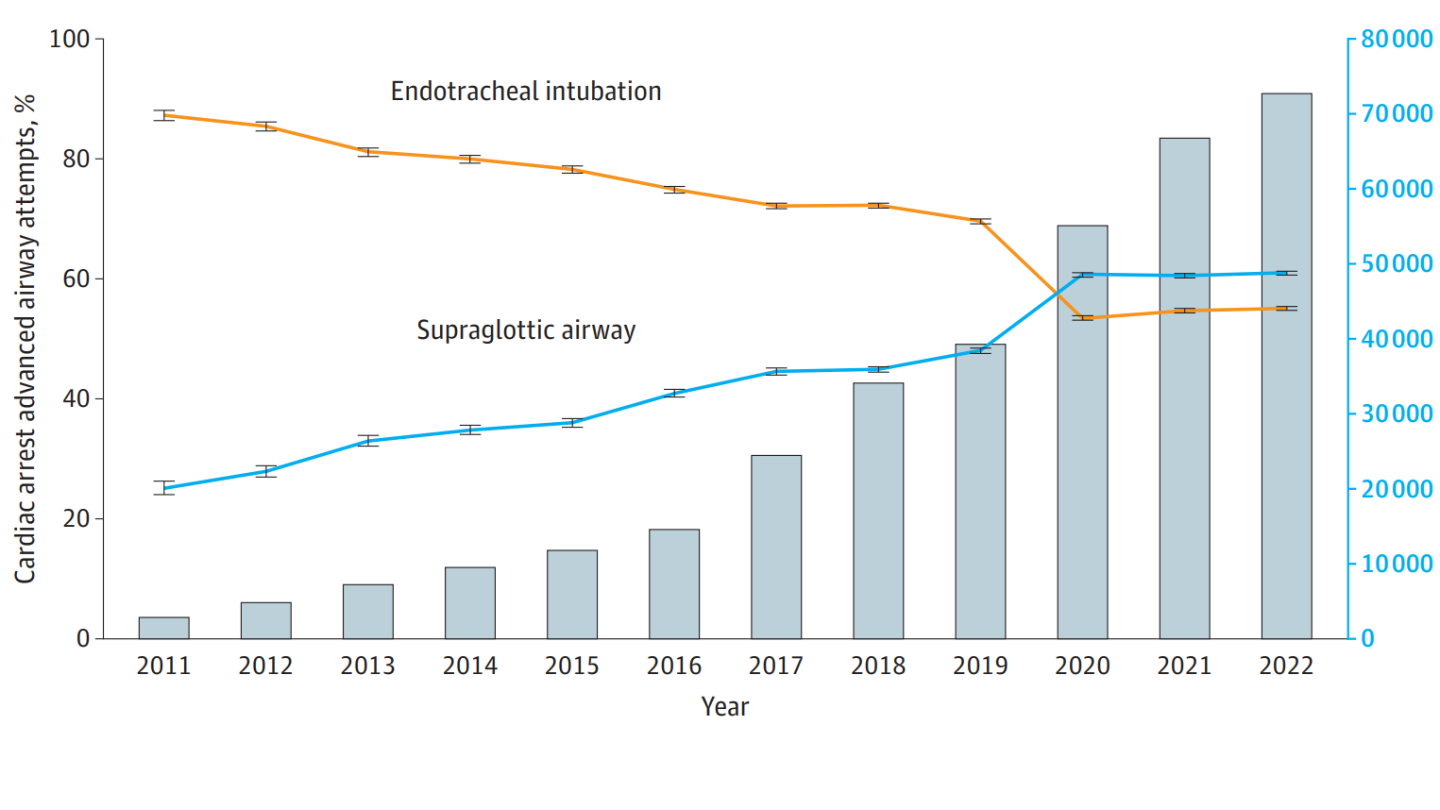Patient Assessment
Patient assessment is the process an EMT or paramedic follows to evaluate an injured or ill patient. The process includes a scene size-up, which is the identification and mitigation of risks, a primary assessment to find and fix life threats and a secondary assessment to perform a focused history and physical exam of the patient. Each step is an opportunity to collect information that will guide treatment and inform a transport decision. In the SA���ʴ�ý Patient Assessment topic find the latest news about patient assessment and top resources to improve your patient assessment skills.
Realistic scenarios that reflect the patients EMTs and paramedics regularly encounter are critical to preparing students for the challenges of the EMS profession
Monitoring AVPU and other vital signs will help determine if the patient is improving, worsening or responding to treatment
What do femoral pulse, radial pulse and carotid pulse actually indicate?
From basic models to high-tech solutions, these pulse oximeters offer quick and reliable readings without breaking the bank
A worker suffered burns to his face and arms when an air conditioner exploded at an East Haven bowling alley
Orange County Fire Authority Chief Brian Fennessy said six of the injured firefighters were transported to local trauma centers
Gov. Kathleen C. Hochul signed bills regarding insurance and treat in place, and whole blood use by ground ambulances
At least 17 patients were transported by EMS to hospitals after a wagon carrying children and adults overturned near Chippewa Falls
Rescuers tunneled underneath the boy and used dish soap and friction-reducing sheets to free him
The judge ruled Aurora Paramedic Peter Cichuniec had to make a quick decision the night of the arrest as the highest-ranking paramedic at the scene
First responders used rescue surfboards to reach the family off Nukolii Beach in Wailua
Workers were pouring aluminum billet out of the forge into a mold when the explosion occurred
Keep the following tips in mind when you encounter a patient who has had too much to drink
First responders in Apache Junction transported 10 patients to hospitals
A canned food item exploded in a food trailer at the fair in Hutchinson
When the conditions are ripe, the distinction between intoxication and a diabetic emergency can easily be blurred
Data from 600,000 stroke patients nationwide shows EMS providers were 20% less likely to give prehospital notification for Black patients
This advanced life support framework can help improve your trauma care
Invented by a 30-year firefighter/paramedic, the CPR board uses gravity to improve blood flow to the brain and heart
The Butterfly iQ+, EchoNous’ KOSMOS, and GE HealthCare’s Vscan Air will be on display for conference attendees
Identifying significant GI problems and providing initial care may help improve the chances of recovery for patients who experience true GI emergencies
Use these assessment tips and terms to localize pain and guide your treatment plan
You respond for a call for a 34-year-old that woke up with abdominal pain; did you get the diagnosis right?
Consider the potential diabetic diseases processes when assessing and managing any patient with altered mental status
Try these six tips to take some of the pressure off of getting a blood pressure
First responders in Saginaw arrived on the scene to find the truck and house on fire and the driver lying on the roof
Ventura County firefighters used Oxnard police robots during a technical rescue operation
From budget-friendly picks to the top-tier, find the right stethoscope for your needs
The St. Paul city attorney said an internal investigation was closed with no discipline
Steve Whitehead shows you how to use the device that simplifies those difficult breaks and dislocations
Learn about two of the most common NMBAs used in EMS and how each impact intubation decisions during advanced airway management
Exploring a new application for capnography in the prehospital setting
ETI has been the primary method to help patients breathe; however, in the last decade, there’s been a significant shift toward using SGA, especially for cardiac arrest patients
MOST POPULAR
- How to use OPQRST as an effective patient pain assessment tool
- 6 capnography monitor tips for capturing a clean waveform
- How to use SAMPLE history as an effective patient assessment tool
- Neuro Pro unveils Head-Up CPR Board to improve survival outcomes during resuscitation
- Understanding date rape drugs




